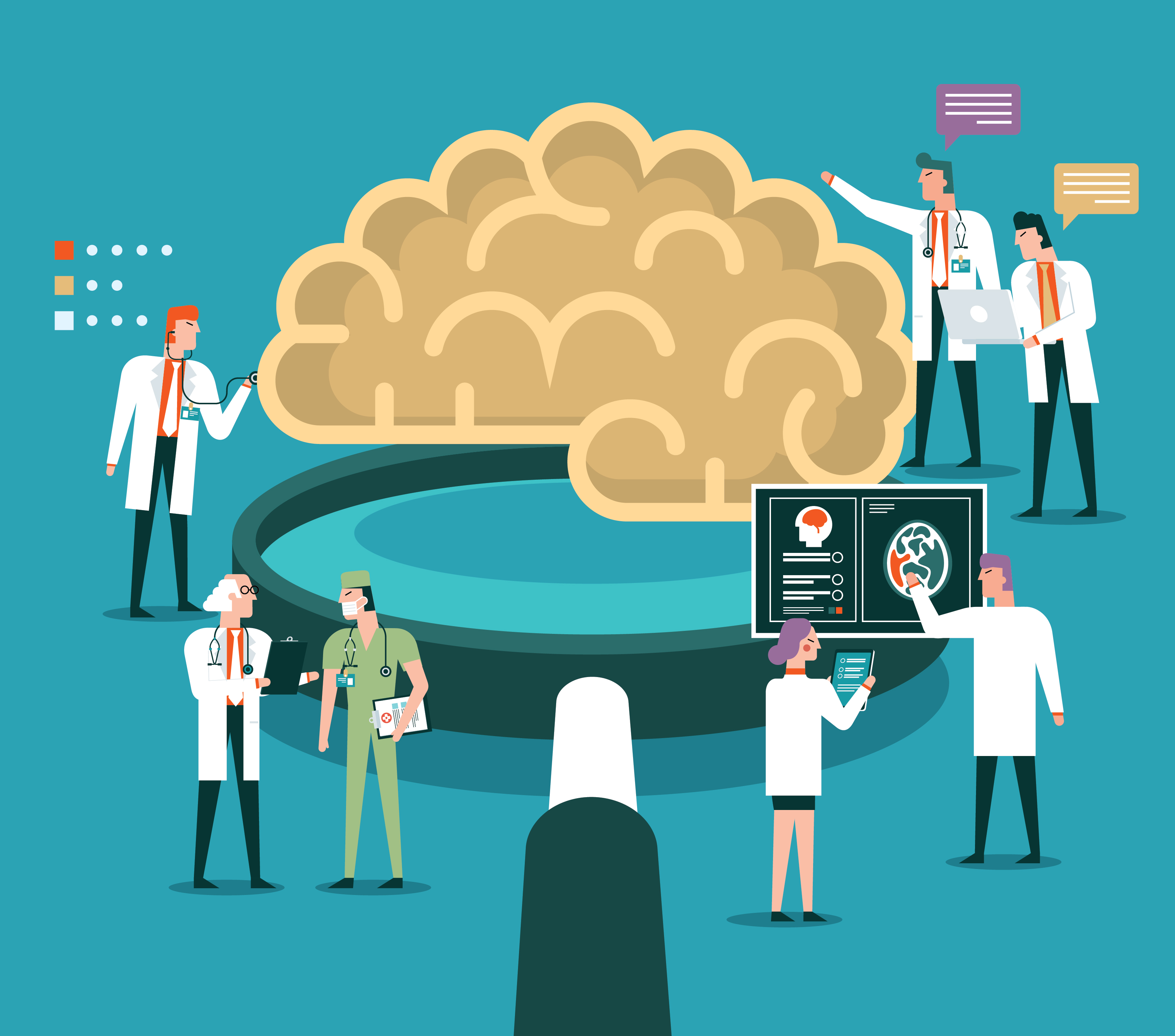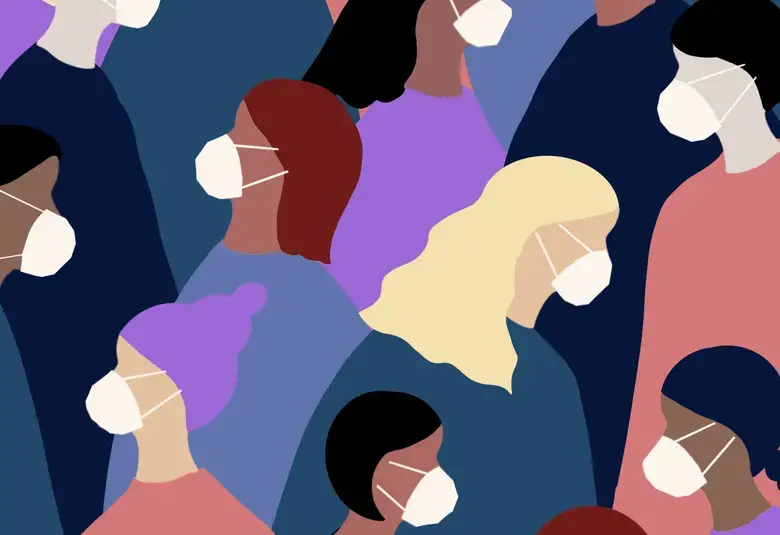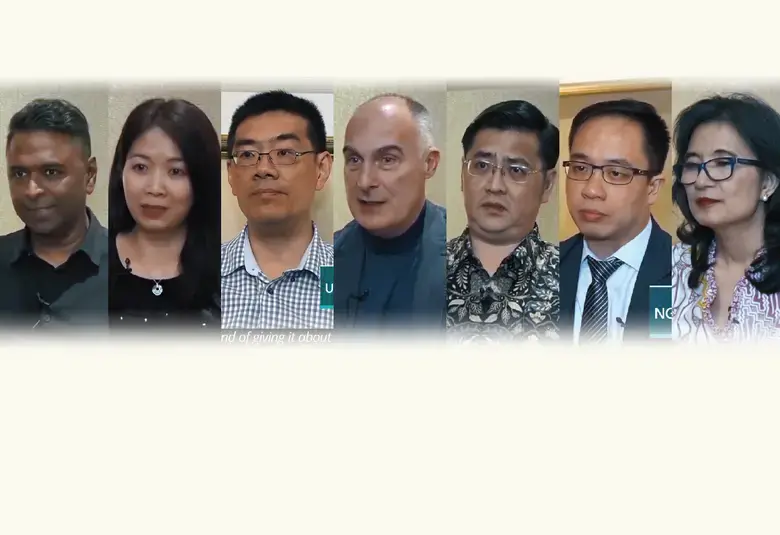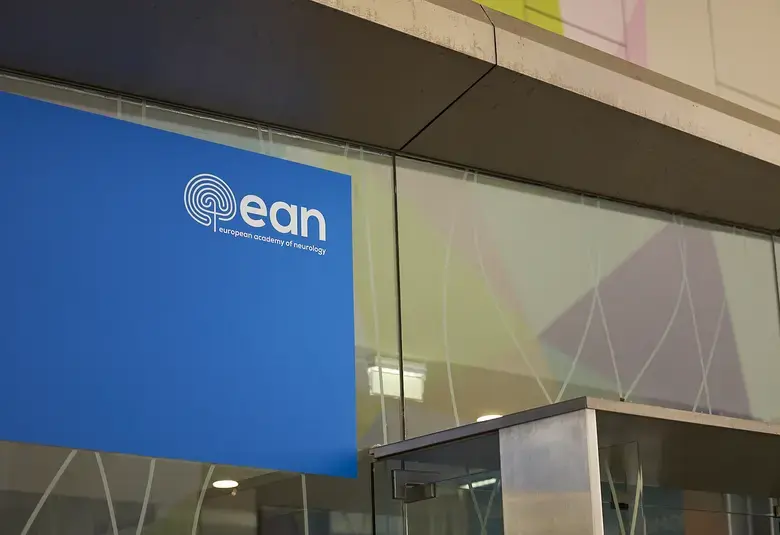Anti-Notch3 immunotherapy, subclinical command following, and small fibre neuropathy. All topics covered in the Presidential Symposium at EAN2020, with the latest insights into CADASIL (Cerebral Autosomal Dominant Arteriopathy with Subcortical Infarcts and Leukoencephalopathy), disorders of consciousness and pain syndromes.
CADASIL – a good model of translational research
The prestigious Brain Prize, the world’s largest brain research prize, is awarded annually by the Lundbeck Foundation. The 2019 winners were Hugues Chabriat and colleagues for their research on the brain syndrome CADASIL, which has implications for understanding the causes of dementia, migraine and stroke.
Implications for understanding the causes of dementia, migraine and stroke
The CADASIL story began in 1976 with the first patient presenting with a stroke at 50 years old. Two of his children had strokes in their 30s, leading to investigation of the wider family, and the description of an autosomal dominant small vessel disease with characteristic pathological features. In 1993 the gene was located to chromosome 191 and the Notch3 gene itself identified in 19962. Over 1100 families have since been identified globally. Affected individuals demonstrate a range of neurological and psychiatric features including ischaemic stroke, migraine with aura, mood disorders, and dementia3.
CADASIL has proven to be a good model of translational research. In the laboratory, mutations in the Notch3 gene have been shown to lead to abnormal accumulation of the Notch3 protein in small vessels4 and functional alterations in cerebral arteries in the CADASIL mouse model5. The Notch3 protein seems to be important for myogenic tone of cerebral arteries and blood flow autoregulation5. Passive immunization targeting the Notch3 extracellular domain, in CADASIL mice, demonstrated they were protected against cerebroavascular dysfunction6.
Future hope of disease modifying treatment with anti-Notch3 immunotherapy
In patients, diagnostic genetic testing is available, and MRI markers of clinical severity7 have been identified. The hope is that the combination of laboratory and clinical research will now lead to disease modifying treatment in humans with anti-Notch3 immunotherapy.
New understanding of consciousness states
In the Charles-Edouard Brown-Sequard Lecture, Steven Laureys described the advances that have been made in understanding consciousness8. The two main components to consciousness are awareness and wakefulness. Consciousness is a continuum, and all states can be described in terms of where they sit on these two axes.
With increased level of consciousness, coma leads, as patients gain wakefulness, to unresponsive wakefulness syndrome (previously called ‘vegetative state’). Then, as patients gain awareness, this leads to minimally conscious state, before emergence to full consciousness, with the ability to communicate. The development of more sophisticated imaging and other tools has revealed subclinical command following in patients who appear to have ‘unresponsive wakefulness syndrome’8, and communication using methods that are not dependent on motor pathways in patients who appear to be ‘minimally conscious’8.
Subclinical command following in ‘unresponsive wakefulness syndrome’
Insights into pain syndromes
In the Moritz Romberg Lecture, Giorgio Cruccu (Department of Human Neuroscience, Roma) described advances in understanding of the pain pathways. This is allowing insights into some of the previously poorly understood multialgodysfunctional pain syndromes such as fibromyalgia, including demonstration of small fibre neuropathy11 and grey matter abnormalities12.
For the latest updates on sea.progress.im, subscribe to our Telegram Channel https://bit.ly/telePiM
Our correspondent’s highlights from the symposium are meant as a fair representation of the scientific content presented. The views and opinions expressed on this page do not necessarily reflect those of Lundbeck.




